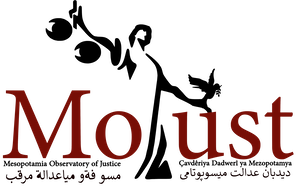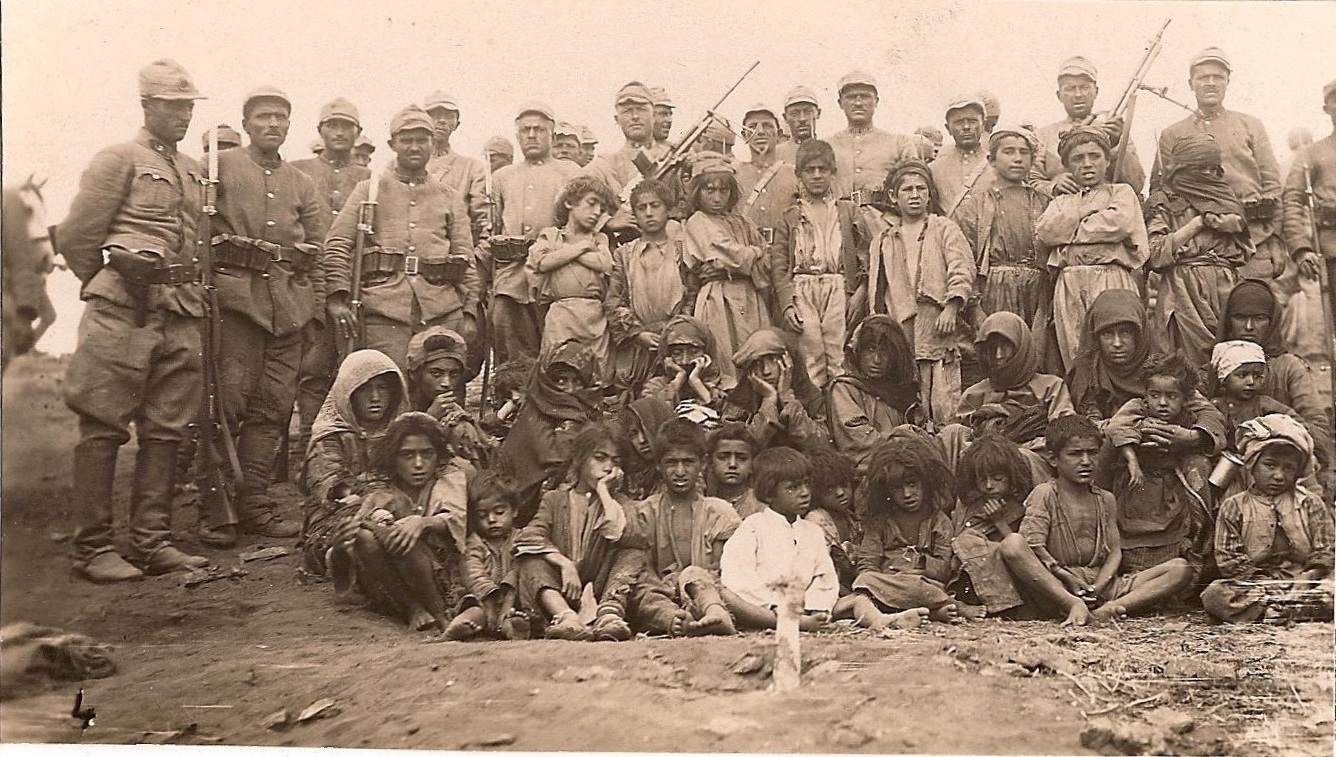On 4 May 1937, the Council of Ministers of Turkey, in close collaboration with the General Staff of Turkish Army decided secretly on a forceful attack against the Alevi Kurdish population of Dersim, to kill all Kurds who resisted to the forced assimilation policies and to deport the civilian surviving population according to the 1934 Law of Settlement. This population, the Dersimis, was a distinct ethno-religious group, labelled as « Alevi Kurd » and partly as crypto-Armenian for having sheltered Armenians during the 1915 Genocide.
The Turkish nationalist power elite had always reacted with mass violence and denial (imha ve inkar) against even moderate Kurdish cultural affirmation. The successive military operations in Dersim in 1938 caused 13.000 deaths according to the official sources and 40.000 according to the local sources and testimonies.
During this military campaign, the Ministry of the Interior, the Ministry of Defense and the Military Inspectorate used the Special Organization, a proto-gladio like covert structure known for its role in the Armenian Genocide in 1915.
The army used poison gas to kill people who hid in caves. Many others were burned alive, whether in houses or by spraying individuals with fuel. Even if people surrendered, they were annihilated. In order “not to fall into the hands of the Turks,” girls and women jumped into abysses, as many Armenians did before. Turkish soldiers confirmed later on that they were ordered to kill women and children, suppressing the local populations’ ethno-religious habitat.
According to non-Kurdish sociologist Ismail Beşikçi who was the first scholar to research the Dersim campaign, the military operations conducted under the banner of Turkifying mission of civilization has lead to a genocide.
 Mesopotamia Observatory of Justice considers that the destruction of Dersim’s autonomous ethnic culture and its habitat, deportation of its population correspond to the campaign’s main intention “to destroy, in whole or in part” a distinct ethno-religious group according to article 2 of the UN Convention on the Prevention and Punishment of the Crime of Genocide forcibly transferring children of the group to another group. The grandchildren of the victims have spoken out their tragedy during the last years.
Mesopotamia Observatory of Justice considers that the destruction of Dersim’s autonomous ethnic culture and its habitat, deportation of its population correspond to the campaign’s main intention “to destroy, in whole or in part” a distinct ethno-religious group according to article 2 of the UN Convention on the Prevention and Punishment of the Crime of Genocide forcibly transferring children of the group to another group. The grandchildren of the victims have spoken out their tragedy during the last years.
Mojust considers, being well aware of the logical and chronological coincidence of scorched earth champagne in Dersim Genocide with the fallacious history thesis that claimed Anatolia has been for thousands of years the home of the Turks, is a racial revisionist speculation.
Mesopotamia Observatory of Justice affirms its determination to make every effort to contribute to bringing justice to the victims of genocides, war crimes and crimes against humanity committed in the Middle East during the twentieth century as well as in the actual period.
Mesopotamia Observatory of Justice will never forget the 1938 Dersim Genocide and will remain highly motivated by the judicial and legal fight against denial, the recognition of crimes and the prosecution of the perpetrators of atrocities in the Middle East particularly in Mesopotamia.
* The actual district name “Tunceli” identified with the massacres should be cancelled, the authentic name “Dersim” should be restored. The burial places of rebellion leader Seyit Rıza and his friends should be revealed. The losses of Dersimians exiled in the 1937-38 period should be compensated. The fate of the missing daughters of Dersim, taken forcibly from their families, should be uncovered. General staff archives should be opened. A truth-seeking commission must be established.


